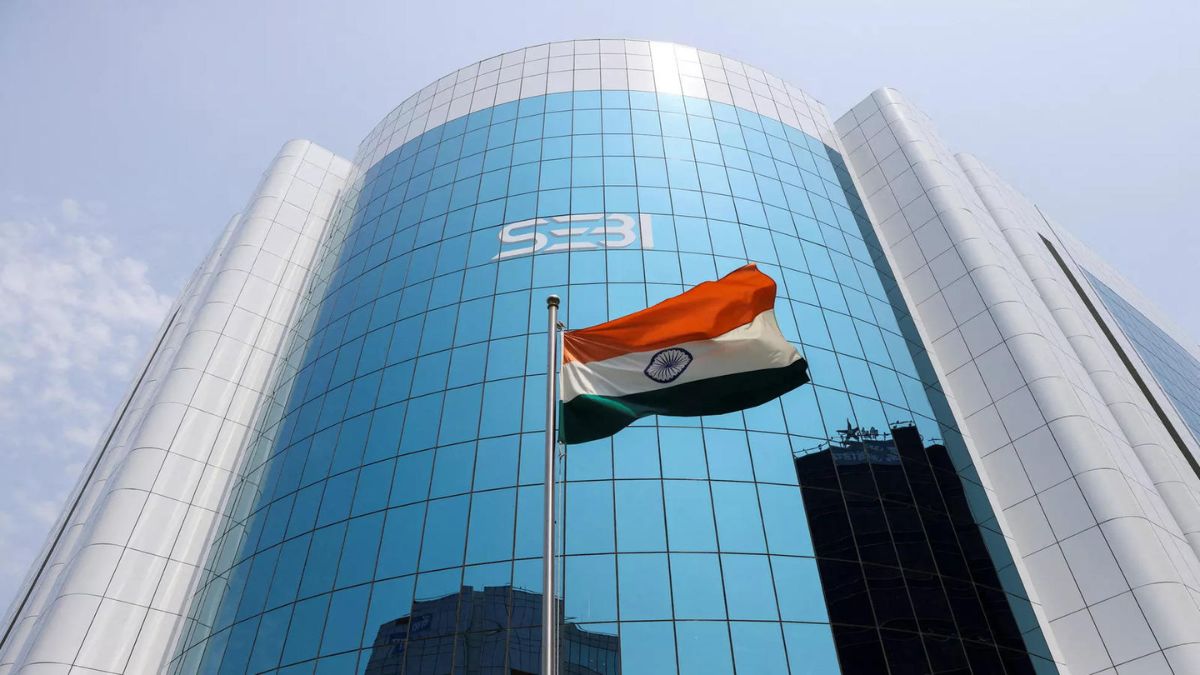SEBI has officially notified sweeping changes to the Nifty Bank index framework that are set to reshape India’s most tracked banking benchmark. The move aims to reduce concentration risk and broaden representation within the index.
Key changes announced
-
Minimum 14 constituents required in Nifty Bank (vs current 12)
-
Top constituent weight capped at 20% (vs 33% earlier)
-
Top 3 constituents capped at 45% combined (vs 62% currently)
-
Weight reduction of top 3 banks — HDFC Bank, ICICI Bank, SBI
-
Rebalancing to be done in 4 stages till March 31, 2026
-
First tranche in December 2025
Potential index entrants
Market experts suggest that four mid-sized banks fit the eligibility criteria under the revised norms and could be added to the index in upcoming rebalancing phases. These banks will likely gain institutional flows as passive funds adjust allocations.
Why the change matters
The reform reduces dominance of the largest banks and opens room for strong-performing public and private sector lenders, improving diversification and broadening index depth.
The Nifty Bank basket will see gradual but impactful shifts starting December 2025, with the full adjustment cycle completed by March 2026.
Nifty Bank to get new entrants after SEBI rule overhaul — index diversification boost ahead
In a major policy shift, SEBI has announced changes to ensure broader representation in the Nifty Bank index. Under the revised criteria, the benchmark will require at least 14 banking constituents, paving the way for fresh inclusions in the coming months.
What’s changing
-
Minimum 14 constituents required
-
Top stock capped at 20% weight
-
Top three capped at 45% combined
-
Gradual weight reduction across four tranches
-
First adjustment in December 2025
-
Complete implementation by March 2026
New banks in the spotlight
Several mid-sized lenders are expected to be evaluated for possible inclusion based on liquidity, free-float market cap and trading turnover. Analysts believe this move could usher in greater index participation for emerging banking franchises.
Why this matters
With passive funds tracking Nifty Bank, index membership typically leads to enhanced liquidity, wider institutional participation and improved price discovery. The restructuring seeks to reduce concentration risk and reflect India’s expanding banking landscape.
The reshuffle is set to be one of the most significant index changes for India’s banking sector in years.


